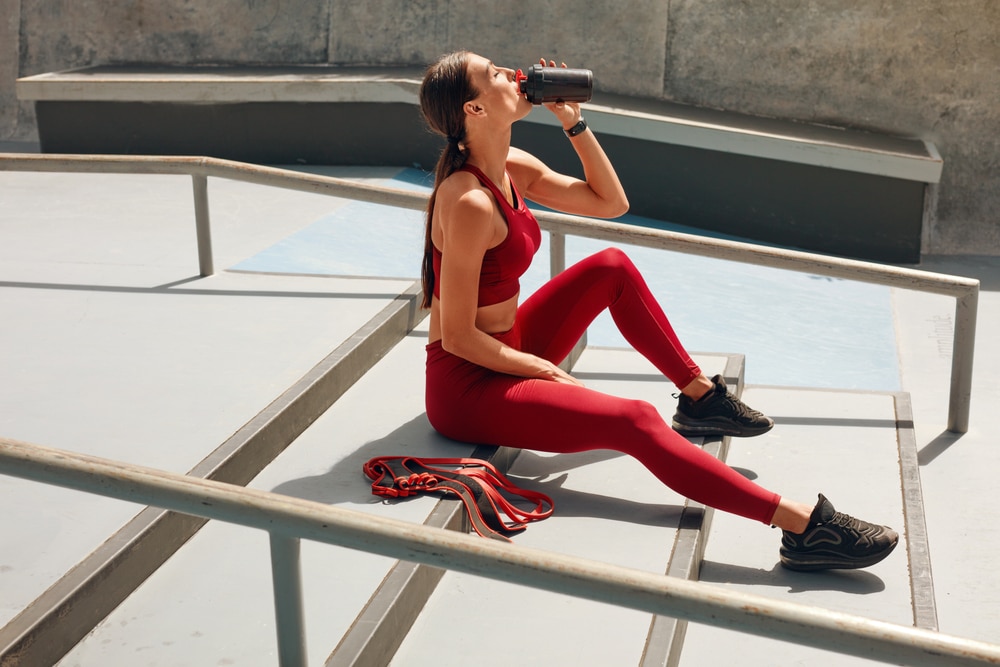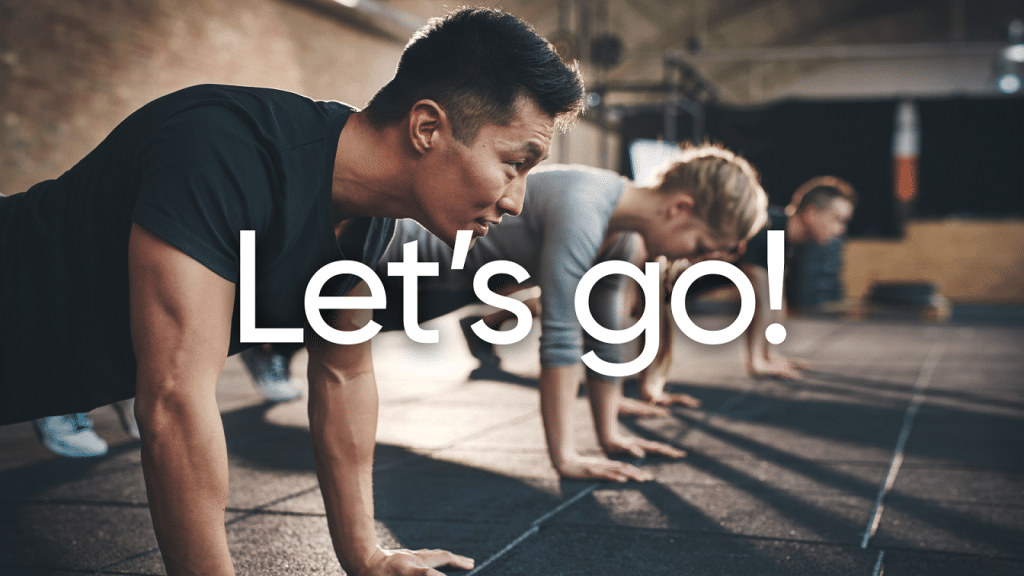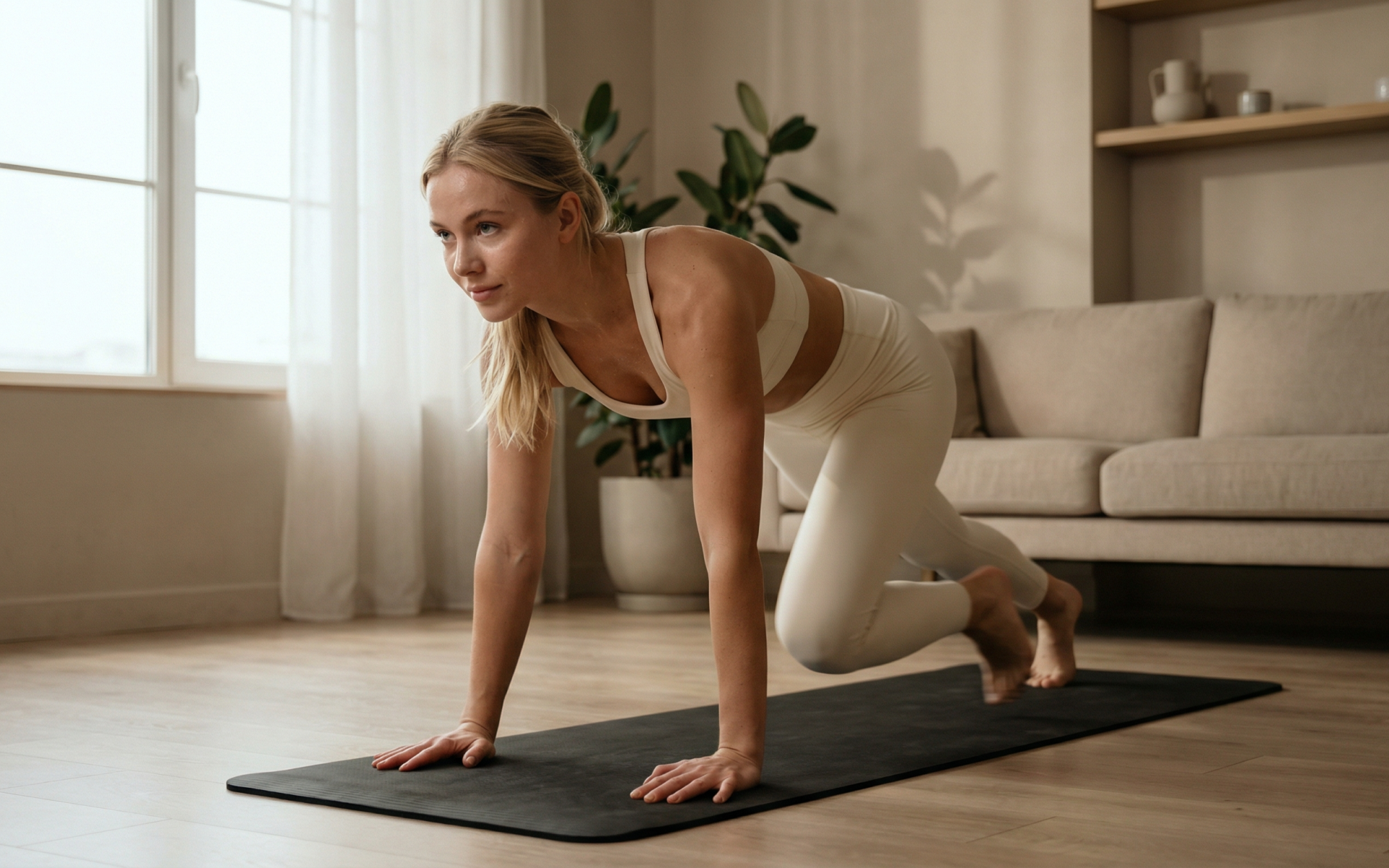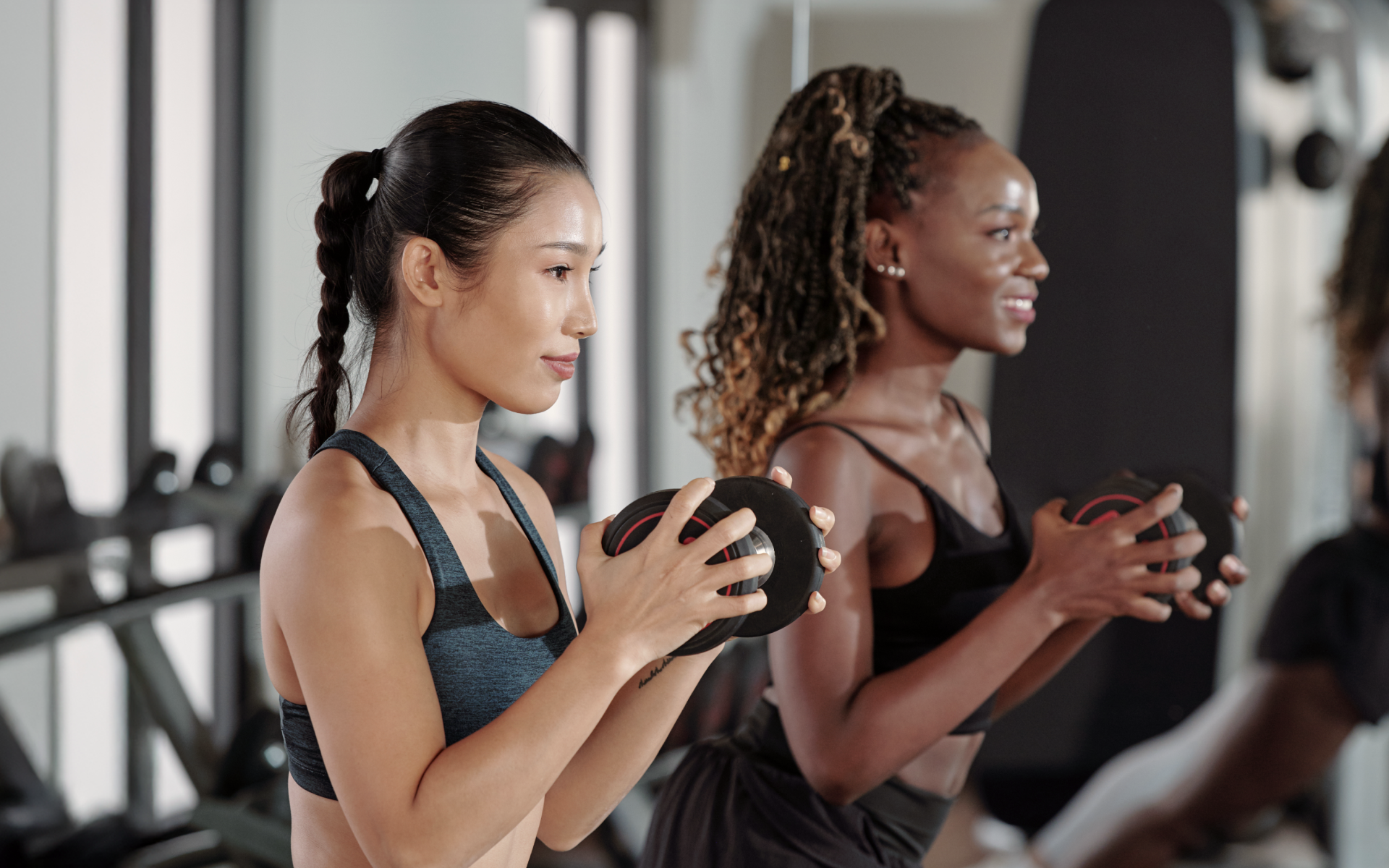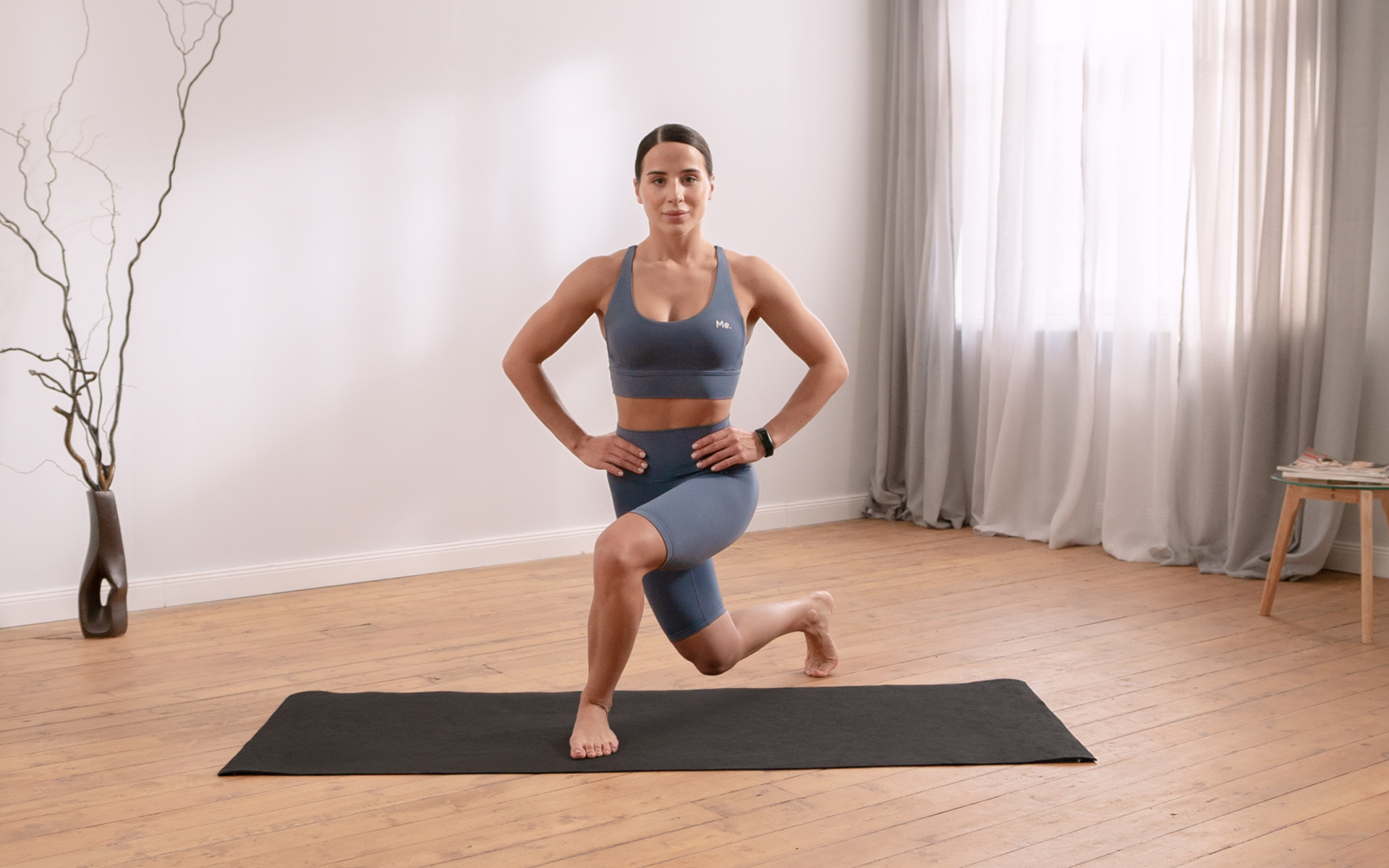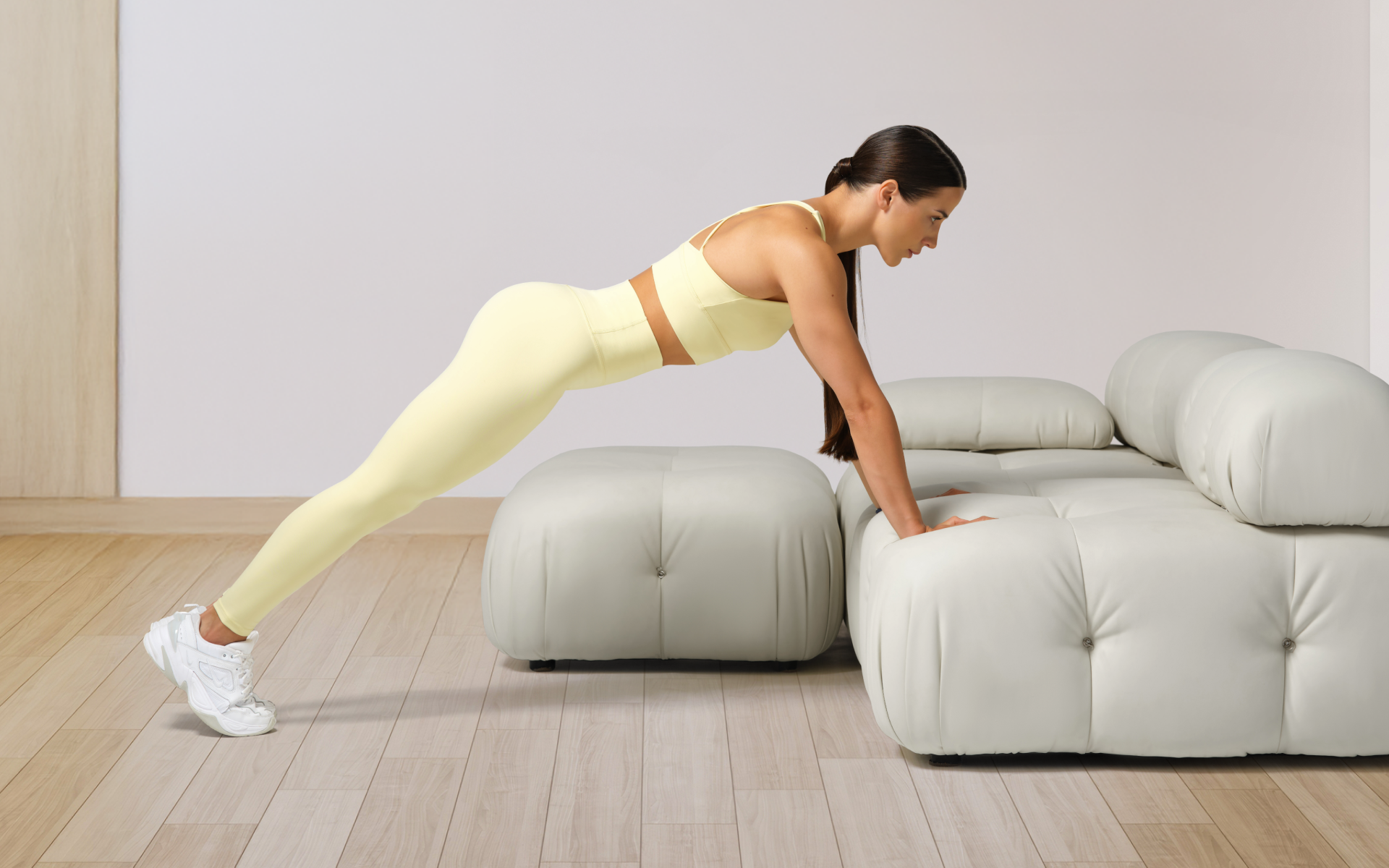Most exercises tend to have variations. These variations were designed to help meet the specific needs of individuals in the beginner, intermediate, and advanced levels. You might have come across various push-up variations. Some are suitable for beginners and others ideal for people practicing advanced training routines. You cannot just jump from doing the basic push up to the one arm or pike push up, rather you have to walk yourself up the ladder and adhere to a push-up progression chart.
Which variation follows what in the push-up progression chart? This article will reveal push up variations and how an individual can progress from one exercise to another. We will also discuss the steps of performing each exercise. Please keep reading to know the ins and outs of each exercise form and the muscles they target.
The Push Up Progression Chart
The idea of doing various push-up variations may have crossed your mind once in a while. However, the problem may be that you are not sure of how you are supposed to progress along the way. We all know that exercises can increase your risk of injury, which is why controlled progression is vital for your long-term success.
You must understand your fitness levels before taking up this progression program. Some programs are suitable for beginners and others are for individuals in the intermediate or advanced levels.
Read More: Benefits Of Push Ups For Females: Reasons Why Women Should Push Up, Push Down, And Push Through It!
This program can be an effective push-up progression for beginners up to a certain point. Some exercises down the line may be pretty challenging for them. Talk to your trainer to determine the best push up exercises to perform as a beginner. Ok, enough with the talk. Below is the recommended push up progression chart for anyone looking for a push-up challenge:
Wall Push Up
The first move you can start doing in this push-up progression program is the wall push up. It is very convenient for beginners and individuals with shoulder injuries (3).
Target: This exercise targets your chest, arms, and shoulders. It gives these three areas a proper workout, helping improve your chest and shoulder strength (3).
How to: Follow these steps to perform a wall push up (3):
- Stand in front of a wall at least arm’s length away. Your feet should be shoulder-width apart and back kept straight.
- Stretch your arms to shoulder height and place them flat on the wall. Do not move your feet. Instead of that, all you have to do is lean forward. Make sure that your arms rest on the wall at a shoulder-width distance.
- Breathe in, bend your elbows, and start bringing your body towards the wall. As you do this, actively engage your core and glutes to help you maintain a strong position.
- Rest for a second, and then push your body away from the wall using your arms. At no point should you remove the hands from the wall. Similarly, you cannot move your feet as they must remain grounded on the floor throughout the movement. If you find your heels coming up, try to move closer to the wall slightly.
The Modified Push-Up
The modified push up entails doing a regular push up on your knees. It is more challenging than the wall push up but more manageable than the typical push up (2).
Target: This modified variation will work your shoulders, arms, chest, and serratus anterior.
How to:
- Start on the floor on all fours. Your knees and toes must be touching the ground. Bring your legs and feet together.
- Look down and try to maintain a neutral head position. Make sure your hands are directly under your shoulders and that your arms do not lock at the elbows.
- Breathe in, tighten your core, clench your glutes, and bend your elbows to lower your upper body towards the floor. It should not rest on the ground, but rather a few inches above it. Pause for a second in this position.
- Exhale and stretch your arms to help lift your upper body into a high plank position. It will bring you back to the initial kneeling stance. Do not arch your back or lift your butt into the air, as this disrupts the correct form. Try to maintain a straight back and tighten your core throughout.
If you wish to cinch your waist, tone up your bat wings, blast away the muffin top – our fitness app was created to cater to all your needs! BetterMe won’t give excess weight a chance!
The Standard Push Up
After crushing those two exercises, you can now progress to the standard or regular push up. Some people may also refer to it as the primary or traditional push-up.
Target: The muscles worked in a regular push up include your shoulders, arms, chest, and serratus anterior (4).
How to:
- To perform this exercise, you will start in a high plank position. You will reach this position by starting on your fours. Stretch out your legs such that you are not kneeling on the floor.
- Tuck in your pelvis and keep your hands directly under your shoulders and shoulder-width apart. Keep your back straight and try to look down throughout the movement to help keep your head neutral.
- Inhale, tighten your core, clench your butt muscles, and bend your elbows to lower your body towards the floor. Do not make the mistake of lying on the floor. The correct move is stopping your chest a few inches from the ground. Hold this for a second.
- Exhale and stretch your arms to help lift your body to the high plank or initial position. Do not sag your back, lift your hips into the air, or bend your knees during this movement.
The Wide Push Up
You are doing an excellent job with this program, and there is no need to stop now. Let us keep it going by doing the wide push up. It is so identical to the regular push-up that you would think the two are the same. However, they are not. The difference lies in the arm positioning (6).
Target: The added advantage of doing the wide push-up is that it targets your back muscles in addition to working your chest and shoulders.
How to:
- Like the regular push up, you will start this exercise in the high plank position. However, you will have to adjust your hand placement. Instead of having them directly under your shoulders, you are asked to place them further out to your sides. According to Medical News Today, the hand placement in the wide push-up is twice that of the regular push-up (5). The vast distance helps focus more on your chest muscles, making it an excellent chest strengthening exercise (6).
- Inhale and bend your elbows to help lower your body towards the ground. Remember to tighten your core and keep your back straight as you make this move. Additionally, remember to hold at the bottom for a second before lifting your body.
- Breathe out and stretch your arms to help lift your body towards the ceiling. Try to maintain a slow and controlled pace instead of rushing through this move. You will most likely pay more attention to your form when you perform the exercise slowly.
The Narrow Push Up
You have come too far to quit now. Let us take things a level higher with the narrow push up. It will be a bit challenging, unlike the previous exercises, because it is reducing the distance between your hands. That said, this does not mean it cannot be done. It is manageable and straightforward to perform, so long as you follow the steps to the letter.
Target: The exercise works your triceps and chest muscles. So, if you are looking for activities to work these areas, add the narrow push up to your workout plan.
How to:
- Get into a high plank position. This time around, bring your hands close together, hands pointing forward and directly below your chest.
- Inhale, tighten your core and start lowering your body towards the floor. As you may have gathered by now, you cannot rest your body on the floor but a few inches above it. Remember also to hold the move at the bottom for a second.
- Exhale and push your body towards the ceiling using your arms. Lifting will be a bit challenging in this move because your arms are very close together. This means they will have to work harder, which means an increased arm workout for you.
Read More: Benefits Of Push Ups Every Day: The Gains And Possible Risks
The Elevated Push-Up
Time to switch up things by incorporating the elevated push-up. As the name suggests, you will have to elevate or raise your feet above your body to do this exercise. We understand that you could be thinking how in the heavens this is possible. Trust me, it is possible. All it takes is a little practice, and you will be nailing this move in no time.
Target: The elevated push-up targets your triceps, shoulders, and upper back (6).
How to:
- Start by selecting a sturdy raised object where you will rest your feet. You can opt for a bench, step, or stool.
- Get into the high plank position and then raise your lower body to place your feet on the chosen sturdy object. Take your time until you find a comfortable stance. Make sure you elevate your feet only to your point of comfort. With time, you can increase the elevation, especially if you want to increase the exercise’s intensity (1).
- Adjust your arm placement and let them rest underneath your shoulders, at shoulder-width distance. Keep your arms straight, which means neither bending nor locking your elbows.
- Inhale, tighten your abdominal muscles, and bend your elbows to lower your upper body to the floor. Pause at the bottom for roughly two seconds.
- Exhale and push back to the starting stance using your arms. Remember when lifting to keep your back straight. Do not lift your hips or butt into the air or loosen your core muscles. Keep them tight through the entire movement.
The Clap Push Up
Congratulations for making it this far! Let us keep going because we are almost done with this calisthenics push up progression program. At this juncture, we will be incorporating a clap push up. As the name suggests, you will be required to involve a clap at some point during this exercise. In the beginning, it will seem not very easy, but upon constant practice, you will effortlessly perform this move.
Target: The clap push up targets your arms, shoulders, and chest. It is effective for increasing muscle strength, power, and body awareness (6). It is also effective in building endurance because it will continuously challenge you every time.
How to:
- Start in the high plank position. Your back should be kept straight, and your hands kept slightly wider than your shoulder-width distance.
- Inhale, engage your abdominal and butt muscles and start lowering towards the floor. Try to bring your chest as close as possible to the floor but avoid resting it there.
- Exhale and in one controlled movement, use an explosive force to push your body towards the ceiling. Upon the lift, bring your hands off the floor to clap once.
- Gently land with your hands back on the ground. Make sure the landing is smooth as a forceful landing will strain your elbows, resulting in injury.
BetterMe is your fast-track ticket to a long-lasting weight loss! Tailor your fitness journey and maximize your results with just a couple of swipes!
The Pike Push Up
The pike push up is pretty challenging and is not recommended for beginners. With that in mind, beginners may choose to end the push-up progression program at this point or anywhere they feel comfortable. The following variation adds more weight to your shoulders and triceps when pushing back, making it challenging for individuals in the advanced fitness level.
Target: The pike pushup works your triceps, shoulders, serratus anterior, and upper back.
How to:
- Start on all fours and place your hands shoulder-width apart. Keep your feet flat with heels firmly pressed on the ground and let your head face down.
- Lift your butt into the air, straighten your arms and bend at the hips to form an upside V shape. The position you will form mimics the Downward Dog yoga pose (6).
- Inhale and start lowering your head towards the ground. Remember to engage your abdominal muscles and clench your glutes as you do this. Try to bring your head close to the ground, or if possible, until it gently touches the ground. If you cannot touch the ground using your head, you can try a yoga block.
- Exhale and straighten your arms to raise your head and shoulders to the initial stance.
The One Arm Push Up
The one-arm push-up progression is not suitable for beginners, especially those who have not learned the basics of regular push-ups. It is ideal for individuals in the advanced level or those who have mastered all the other push up variations.
How to: As the name implies, this exercise entails doing a push-up using just one arm. Yes, we know how bizarre this may sound, but it is possible. You might fall on your face a couple of times when doing this push-up but keep at it. After all, correct practice makes perfect. Below are the steps you need to follow to accomplish the one arm push up:
- Identify a sturdy object such as a bench, stool, chair, or table. Make sure that it is sturdy to avoid making sudden movements that may disrupt your form and make you fall.
- Place your arms on the sturdy object and extend your feet behind you. Keep your back straight and face down. Similarly, spread your legs out wider than your hip-width distance.
- Place one arm behind you, preferably on your back. Take your time because the adjustment may make you trip over if done quickly.
- Breathe in, tighten your abdominal muscles and bend your elbows to help lower your body towards the sturdy object. Lower to the point of comfort or until your chest nearly touches the bench, stool or chair. Pause in this position for one to two seconds.
- Exhale and push your body up using the strength from your one arm. Make sure this movement is smooth and controlled to avoid injuring your arm, wrist, or elbow.
The Bottom Line
This push-up progression chart starts with simple exercises like the wall, modified, and regular push up. As one progresses, the practice becomes more challenging. Do not skip any activity even if you feel it is too easy to perform. Each enables you to work on the proper form. Talk to your doctor before progressing to another exercise and before adding this regime to your workout plan.
DISCLAIMER:
This article is intended for general informational purposes only and does not address individual circumstances. It is not a substitute for professional advice or help and should not be relied on for decision-making. Any action you take upon the information presented in this article is strictly at your own risk and responsibility!
Check out the 20 Minute Full Body Workout at Home below.
SOURCES:
- Health Benefits of Push-Ups (2020, webmd.com)
- Indoor fitness routine (2020, medlineplus.gov)
- Video: Modified pushup (2020, mayoclinic.org)
- What Are Push-Ups For? (2021, medicinenet.com)
- What happens if you do pushups every day? (2019, medicalnewstoday.com)
- Which muscles do pushups work? (2018, medicalnewstoday.com)
